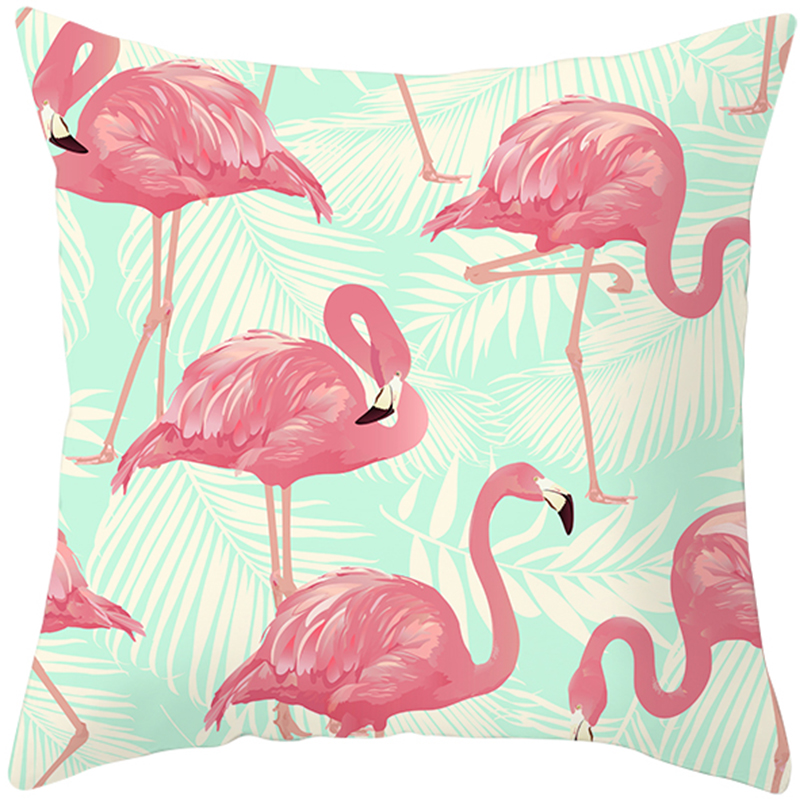Pillow Covers
Elevating Home Decor with Creative Pillow Cover Designs
Pillow covers are a fantastic way to infuse personality and flair into any living space. They not only serve as protective casings for your pillows but also as a canvas for expressing your personal style and updating your home’s aesthetic without significant investment. This detailed guide explores various creative approaches to selecting and utilizing pillow covers, ensuring that every room in your house reflects your unique taste and lifestyle.
Significance of Pillow Covers in Home Aesthetics
Pillow covers do more than protect your pillows from stains and wear; they play a crucial role in home decoration. By changing pillow covers, you can instantly refresh a room’s look, introduce seasonal themes, or add a new color palette to your living space. They are an inexpensive and effective way to keep your decor looking fresh and up-to-date.
Selecting the Right Pillow Covers
Materials and Textures:
- Cotton and Linen: Perfect for casual settings, these natural fabrics offer breathability and a relaxed look.
- Velvet and Silk: Use these materials to bring a touch of luxury and elegance to formal living rooms or bedrooms.
- Outdoor Fabrics: For outdoor seating areas, choose durable, weather-resistant fabrics that can withstand the elements.
Colors and Patterns:
- Neutrals: Base your pillow palette on neutral tones for maximum versatility. Neutrals pair well with any color scheme and help ground bolder designs.
- Bright and Bold: Don’t shy away from vibrant colors and bold patterns. These can act as focal points and inject energy into a space.
- Mixing Patterns: Successfully mixing patterns involves varying the scale and style of the prints while staying within a cohesive color palette.
Shapes and Sizes:
- Consider a variety of pillow shapes and sizes for a layered, designer look. Combine square, rectangular, round, and even novelty-shaped pillows to add depth and interest to sofas, chairs, and beds.
Styling Tips for Pillow Covers
Layering Techniques:
- Start with larger pillows in the back and layer forward with smaller ones to create depth on sofas and beds.
- Use an odd number of pillows for a modern look, or go for symmetry with an even number for traditional styles.
Theme Consistency:
- Ensure your pillow covers complement other elements in the room, such as curtains, rugs, and artwork. This creates a unified and thoughtful appearance.
- Seasonal updates can be easily achieved by swapping out pillow covers. Use lighter fabrics and brighter colors for spring and summer, and switch to heavier textures and warmer tones for fall and winter.
Function and Comfort:
- While style is important, don’t overlook comfort. Choose soft materials for pillows that will be used frequently.
- Keep a few neutral pillow covers on hand to balance out more vivid designs or to tone down the decor when needed.
Maintaining Your Pillow Covers
Proper care will extend the life and appearance of your pillow covers:
- Washing: Follow the care labels on each cover. Most cotton and synthetic covers can be machine washed, while silks and velvets might require dry cleaning.
- Storage: Store seasonal and extra covers in a dry, cool place. Use breathable containers to prevent mildew and fabric deterioration.
- Protection: For high-use areas, consider using pillow protectors under decorative covers to shield from dust and oils.
Conclusion
Pillow covers are an essential component of home decor that offer endless possibilities for customization and creativity. With the right selection, styling, and care, you can transform any room into a beautiful and inviting space that showcases your personal style. Whether refreshing a living room, adorning a bedroom, or accentuating an outdoor space, creative pillow cover designs provide a quick and affordable way to enhance your home décor. Explore the myriad options available and let your creativity lead the way in designing a comfortable and stylish home environment.



